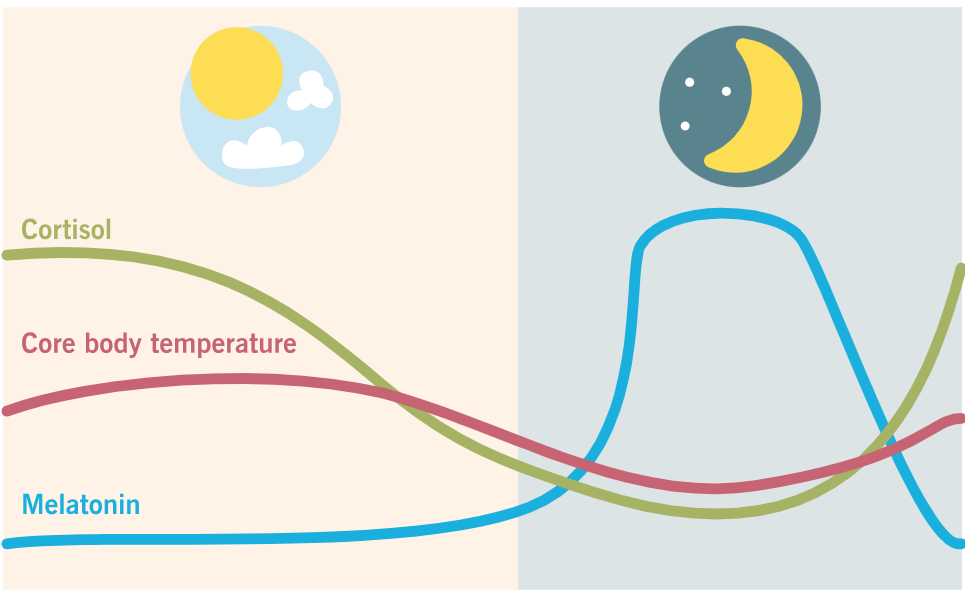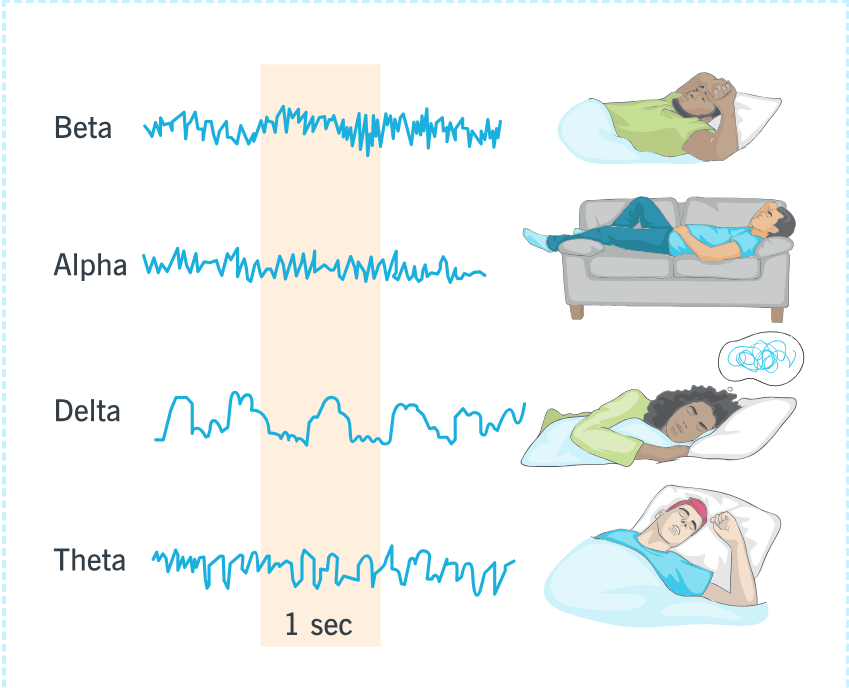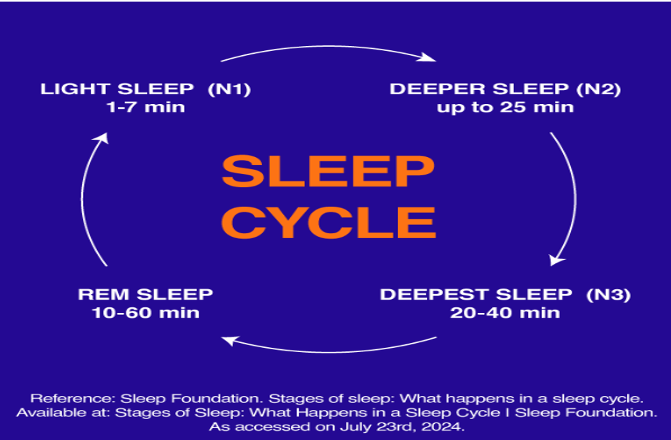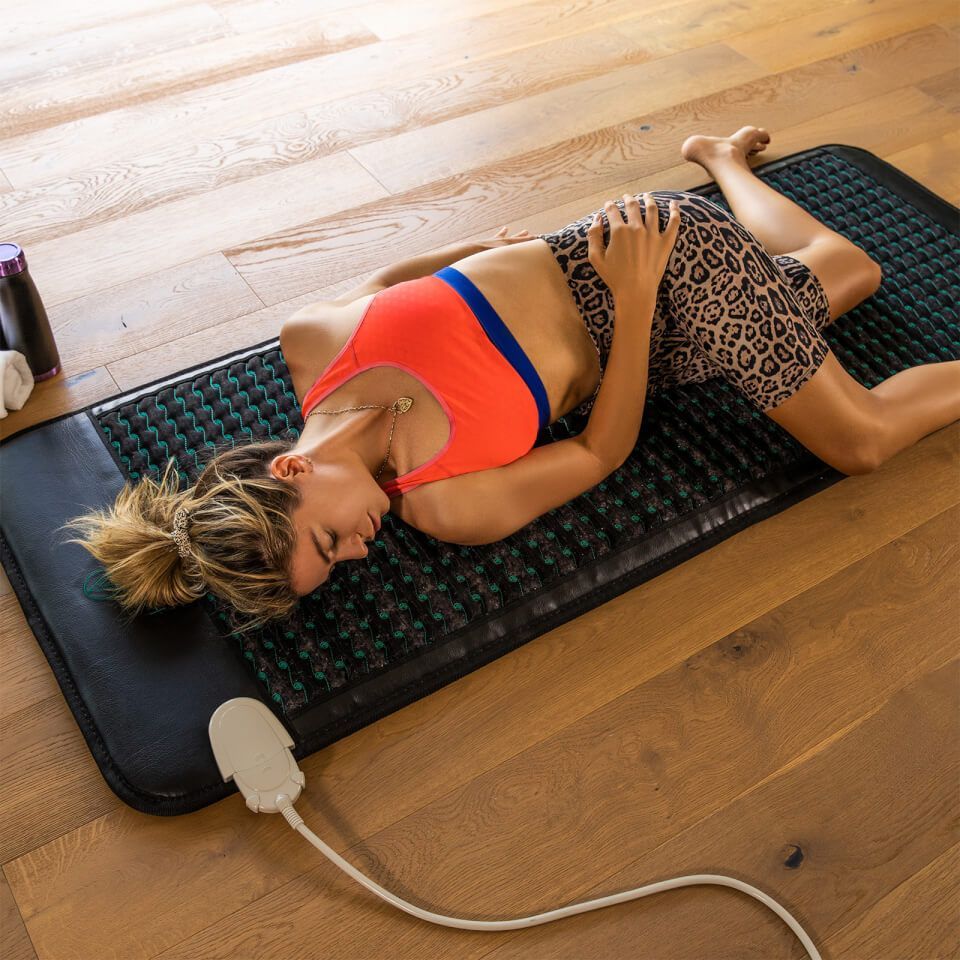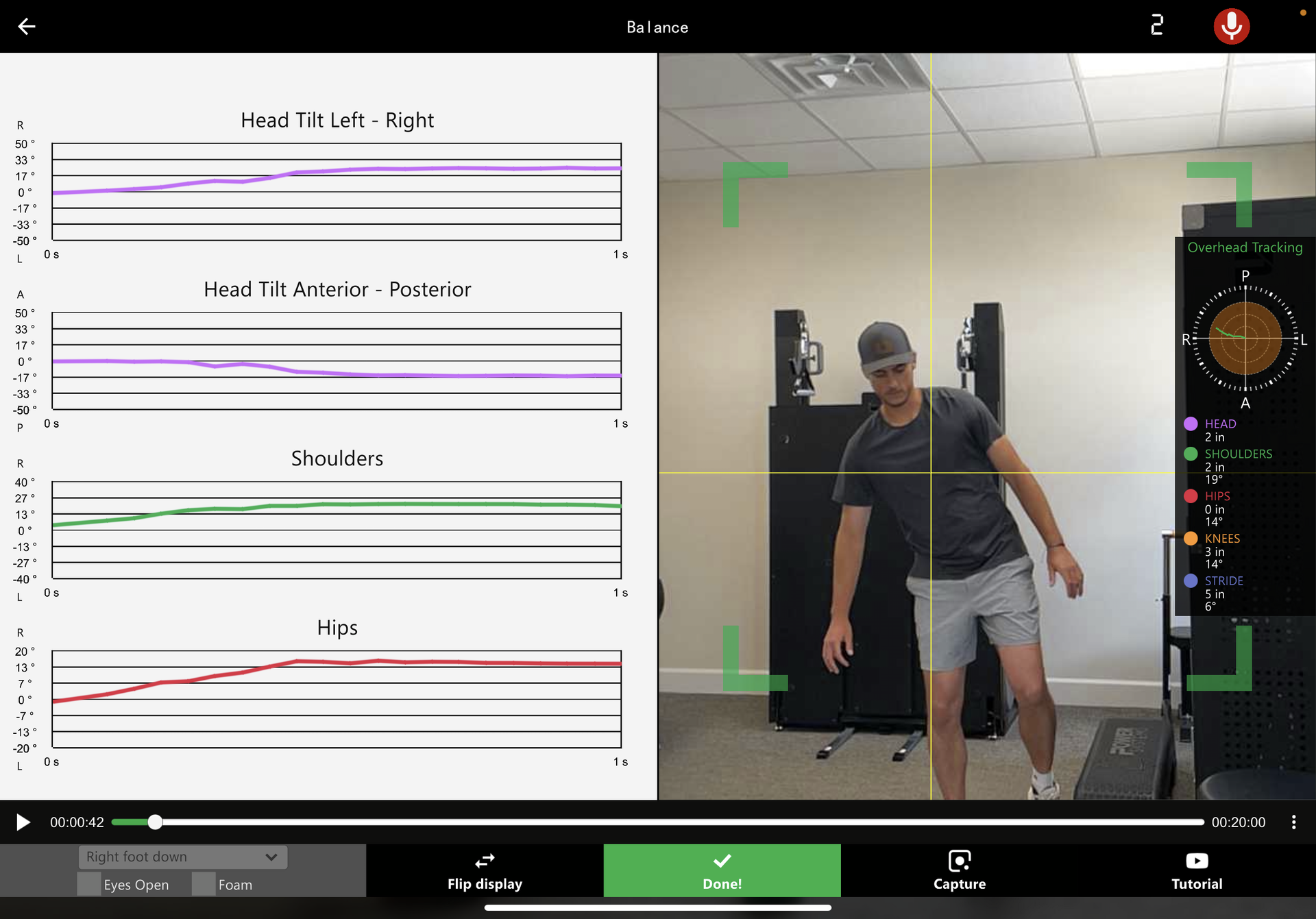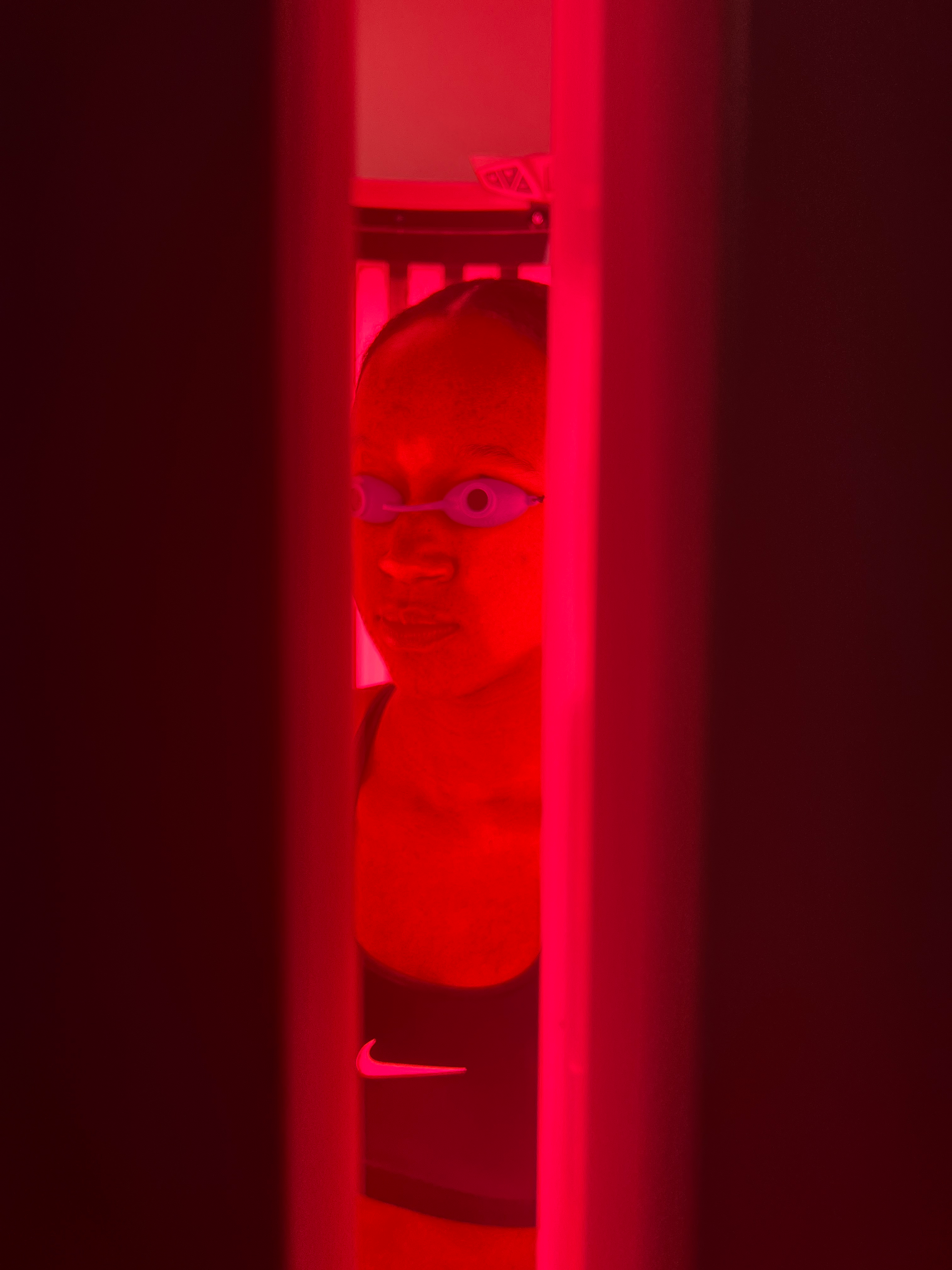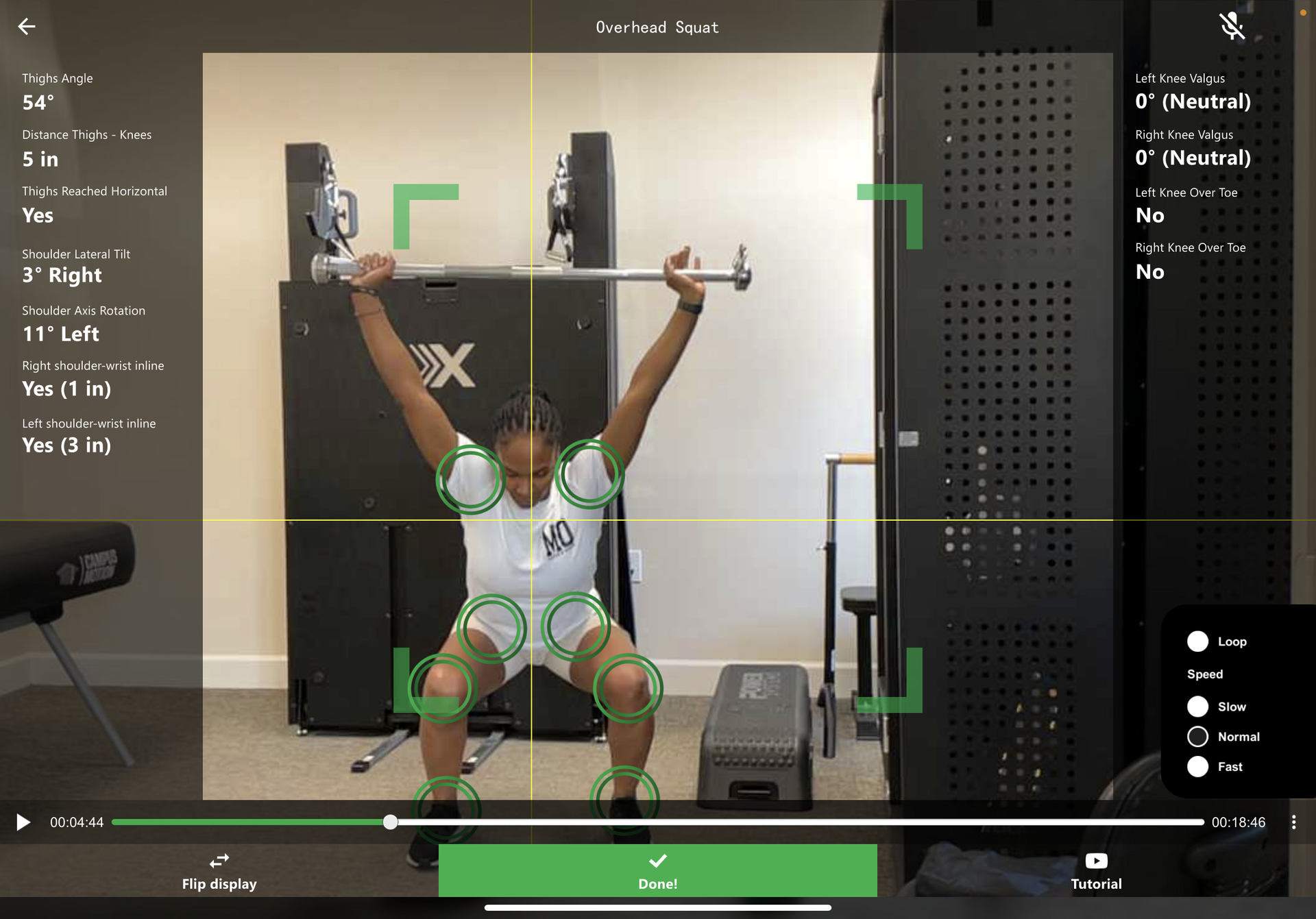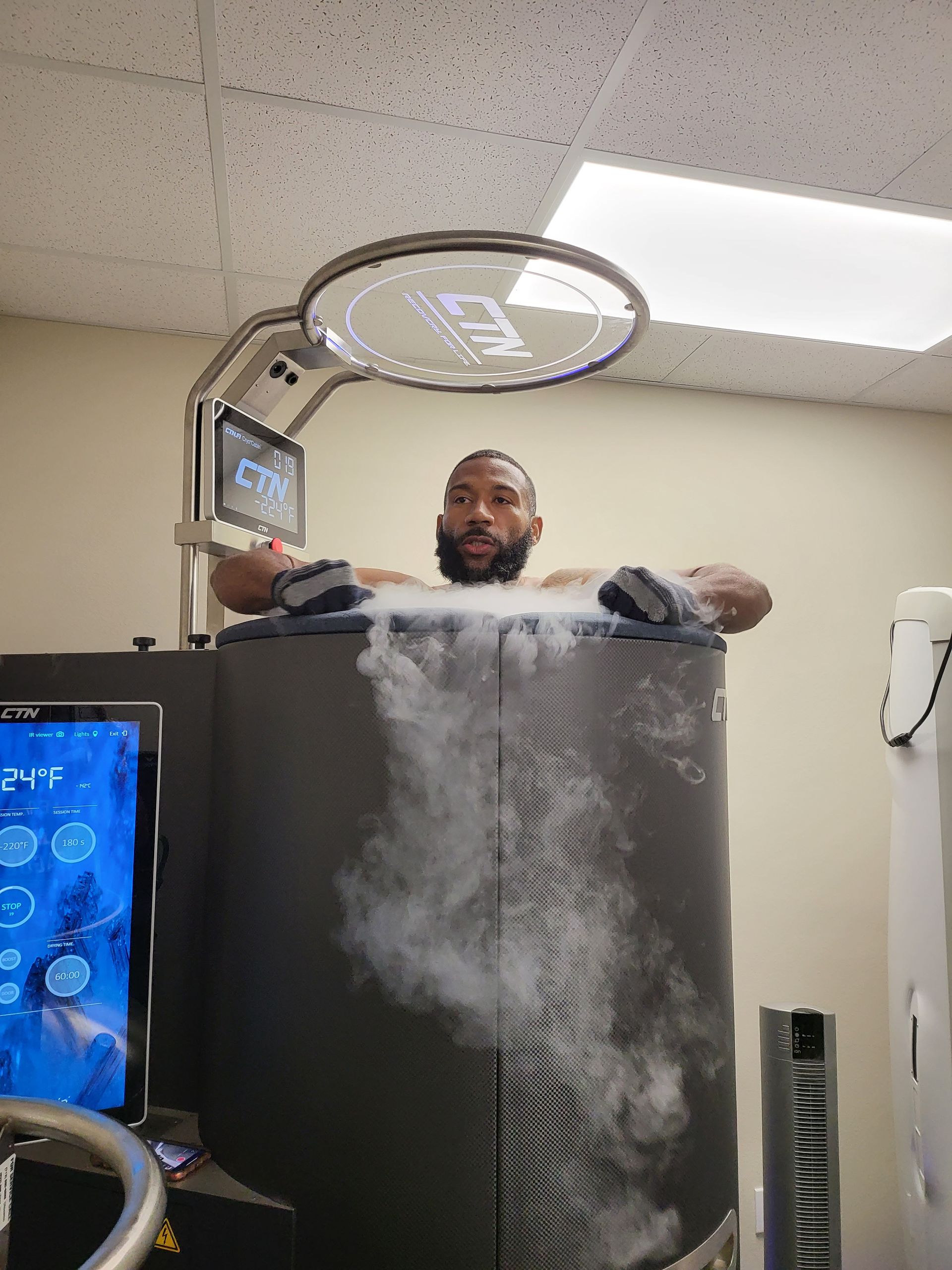7 Tips to Help You Recover From a Sports Injury
Recover from Sports Injury
We've compiled the top tips to help you recover from a sports injury. Read our guide for practical advice that will get you back on the sports field faster.
Every year there are more than 3.5 million sports injuries reported from athletes all across the country. These injuries can range from minor sprains and strains to full-on broken bones and torn ligaments. No matter what, a sports injury that takes an athlete out of playing (even for a short time) can be devastating.
A sports injury at some point is pretty inevitable if you're going to participate in any athletic event. But it's possible to bounce back quickly and get back to playing the game you love with the right steps.
We've put together this guide for quick sports injury recovery to help you manage the pain and push your body towards healing.
1. Stop Movement Immediately
When you first sustain an injury, depending on the severity, it can be tempting to push through and keep playing. It might be because you don't want to look weak or just because you don't want to give up playing time. But this is one of the worst things you can do for a sports injury.
Once a body part has been damaged, chances of further issues continually increase.
The best thing you can do is take yourself out of the activity and give your body all the time it needs to fully recover before returning. Rest is a crucial part of every recovery, even if all athletes hate the downtime.
2. Apply Ice to Injury
In most situations, applying ice soon after the injury is a good way to limit the damage and help jump-start the recovery process.
First of all, the addition of ice to the skin surrounding the injury can help to dull the pain. As the affected area gets colder and colder, you'll be able to manage the pain better without additional medication.
More importantly, the application of ice helps to limit the inflammation that occurs immediately following an injury. This is the body's natural response to being hurt but can cause additional problems if left unchecked. Icing the area consistently for the first few hours (a few minutes on, a few minutes off) can help calm the body for future recovery.
3. Continue Healthy Habits
Time off from your athletic activity due to an injury does not mean it's time to blow all of your healthy habits. In order to have a successful sports injury treatment, you'll need the rest of your body in the best shape it can be.
The diet you consume during this recovery period will play a crucial role in giving your body the nutrients it needs to rebuild. Think about making sure you're getting the correct vitamins and drinking enough water every day. The better you fuel your body, the better it'll come back.
4. Stay Positive
It's no secret that sports injuries are very discouraging. Especially for those high-level athletes where the sport makes up a big portion of their life. Many injured athletes struggle mentally to stay positive throughout their recovery.
But maintaining a positive mindset and a good attitude can help in rehabilitation after a sports injury.
The better you are mentally, the more you'll be able to commit to your rehab program and work through the treatment steps fully. There won't be as much slacking off and ignoring advice due to a bad attitude. And you won't give up partway through before you can really get back to your activity.
5. Follow Provider's Advice
The most effective sports injury treatment will feature a medical provider developing the recovery plan. Their knowledge and expertise of how the body works and the best recovery practices are priceless in this situation.
Going to see a doctor or physical therapist is not going to do you any good if you are going to ignore their advice. The best thing you can do is pay close attention to their suggestions and follow them exactly. Then if there are issues or slowed progress, you can report what you've been doing and the plan can be adjusted accordingly.
6. Stay Cautiously Active
While rest is obviously an important part of a sports injury recovery, it's not a good idea to become completely stagnant if at all possible. That can be especially shocking for a body that's used to a lot of movement and exercise each day.
Consider adding activities that are less strenuous and work around your injury to your daily routine.
This could be a simple, slow walk around the block, some additional arm exercises from the chair, or a low-impact workout like yoga. Finding the balance between giving your injury time to repair and also staying mobile is the key to full success.
7. Practice Safe Movement for Prevention
As you move back into participating in your sport or activity after you've recovered, it's important to practice safe movement patterns. Take a good look at what caused your injury to see if there's anything you can change or improve upon to stop it from happening again.
It's also important to continue to strengthen the area as you get better. The stronger the muscles are, the less likely there will be a re-injury of the same area.
Be cautious as you start moving again and do your best to protect yourself. But also enjoy it, you're back!
Recovery Tips for After a Sports Injury
For many athletes, being able to play their sport is a crucial part of their daily lives. Being out with a sports injury can completely disrupt those routines and affect their overall health and wellness (both physically and mentally).
It's important to take the proper step to treat sports injuries. The last thing you want is to make the problem worse and be out for even longer. Staying calm and creating a concrete plan is the best way to make sure your body has the tools it needs to repair and get better. Working with a medical professional is a great way to make sure you're on the right track.
If you're in need of help figuring out rehabilitation after a sports injury, contact us today!
